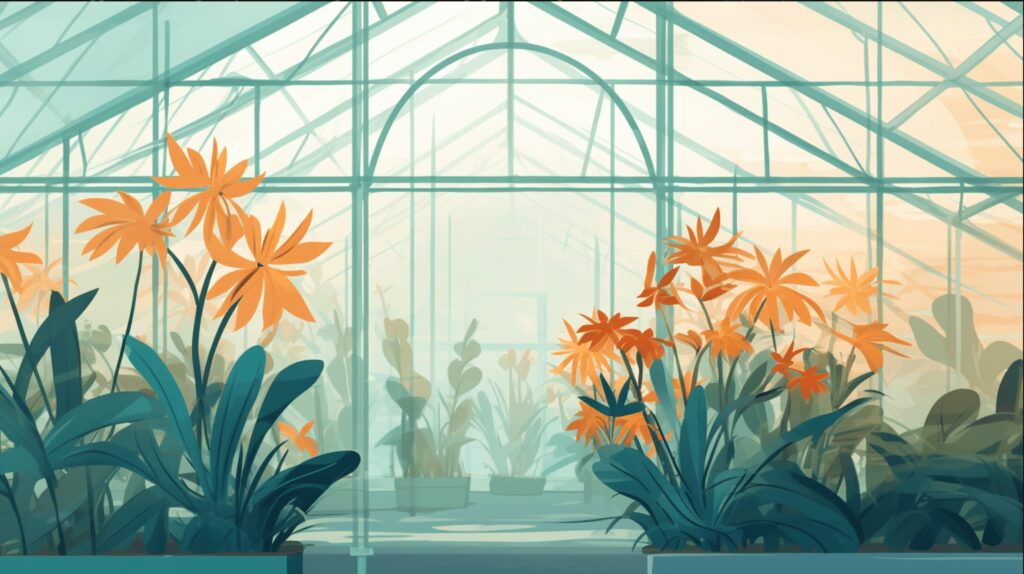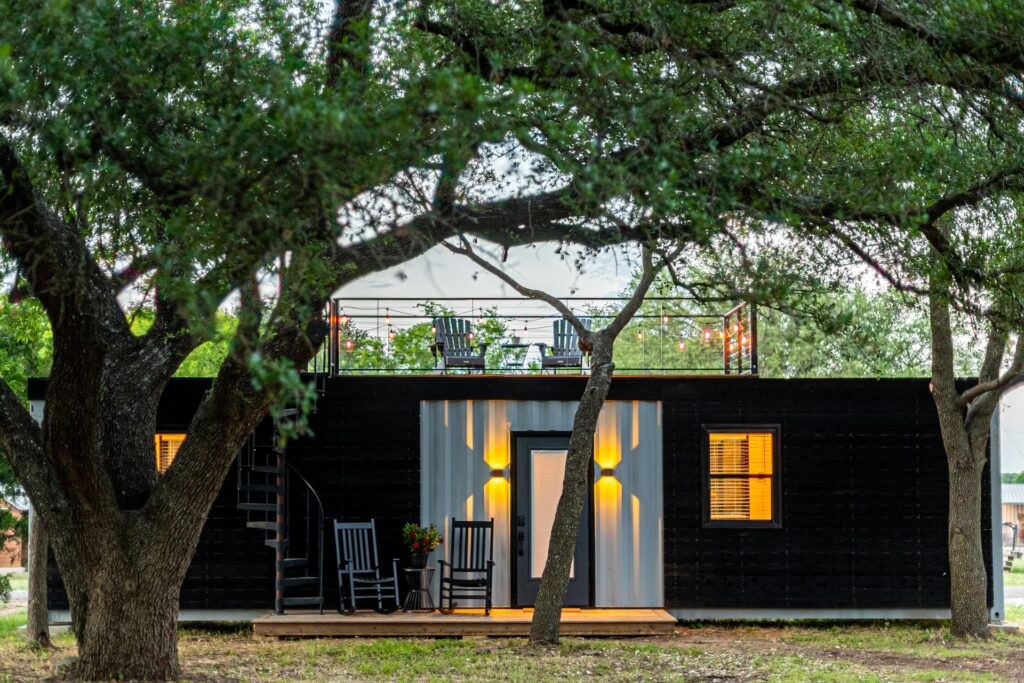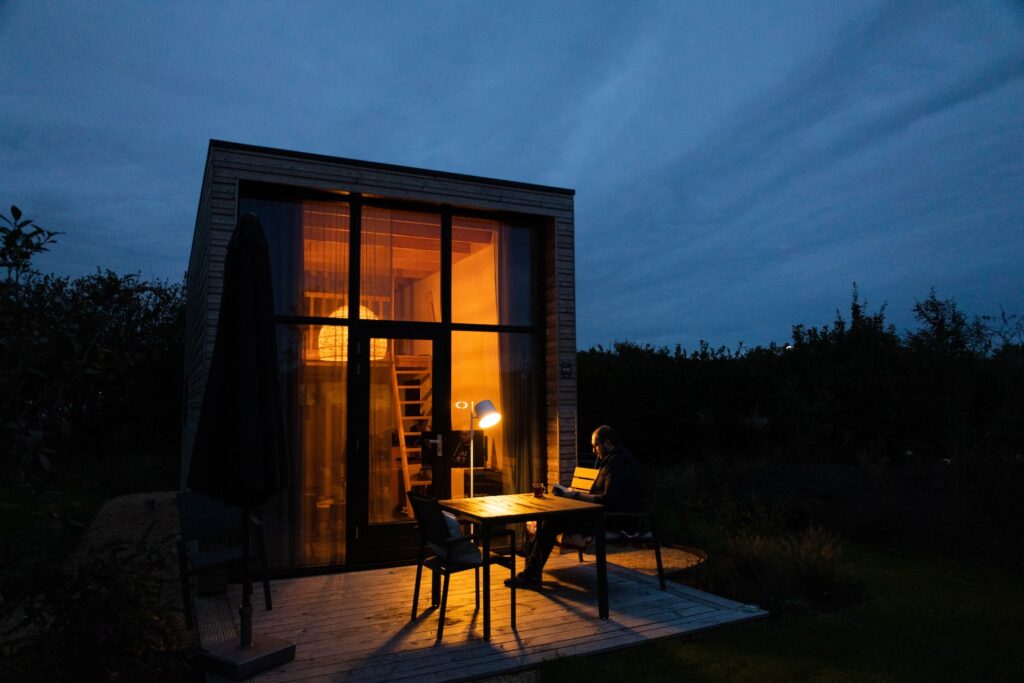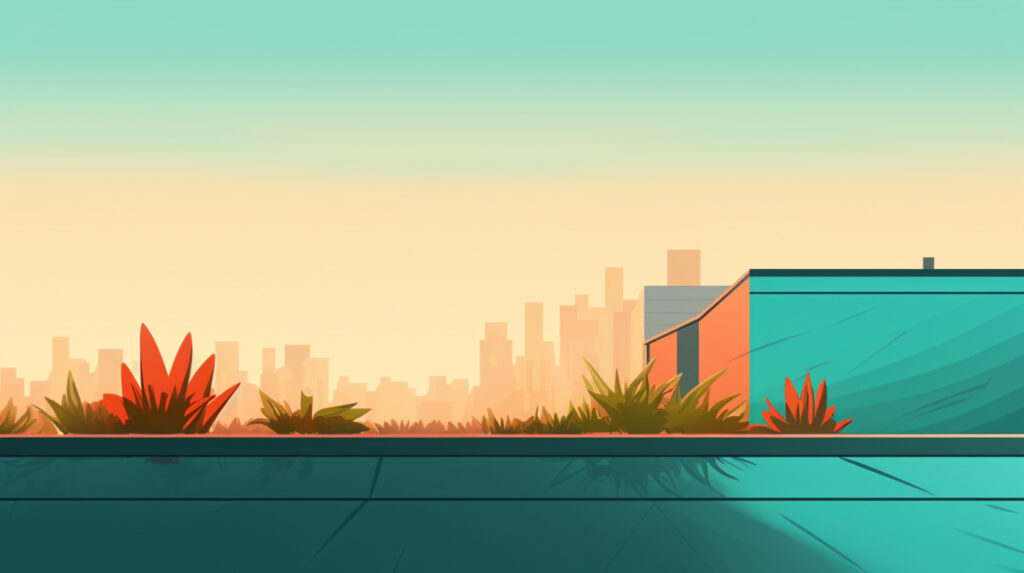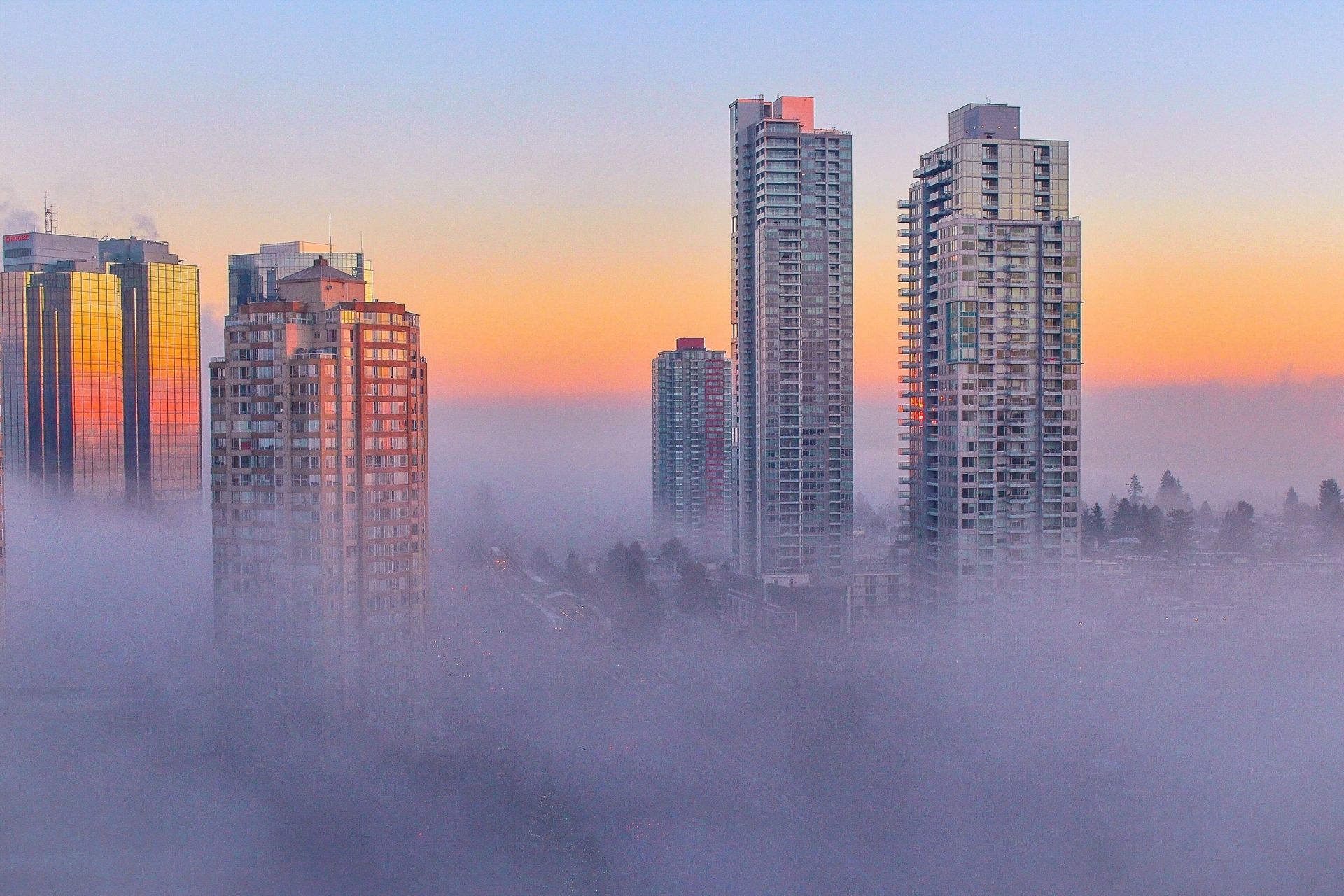
We are reader-supported. When you buy through links on our site, we may earn an affiliate commission.
As the world becomes more populous, the need for more urban areas rises. Urban areas offer access to stores, hospitals, schools and amenities that rural locations may not have. Many rural citizens want to move to urban areas for that reason. As a result, urbanization occurs.
While urbanization offers things like employment opportunities, access to almost anything people want and modern conveniences, it can be detrimental to the environment. Unless done sustainably, urbanization’s effects on the environment may cause significant problems and several drawbacks.
What Is Urbanization?
Essentially, urbanization occurs when those living in rural areas move to more urban areas. This causes exponential growth in cities and towns. Additionally, as the world’s population continues to grow, the need for more housing and amenities increases.
Whether urban regions expand horizontally or vertically, it’s all part of urbanization. Those not living in urban areas see cities and towns as a place to grow, whether it’s for careers, politics, the economy or social expansion.
Urbanization is more prevalent in developed or developing countries where there are more opportunities for people. Plus, sometimes, rural people experience hardship living in undeveloped areas, so they long for access to an urban area and therefore move to a town or city.
As more people move to urban regions, the need for more land for homes, schools, stores or other buildings must be used, which raises concerns for the environment. In a nutshell, urbanization can create several domino effects that may harm the planet.
Causes of Urbanization
Many factors contribute to urbanization. While the want for those who live in rural areas to move to a city is a primary reason, there are other causes of urbanization as well. Below are some examples:
- Industrialization: A shift from agricultural roots to machinery and the non-agricultural economy causes more people to move to urban areas.
- Employment Opportunities: Industrialization provides more job opportunities. People don’t have to work the land anymore.
- Modernization: Technology and other modern advancements in things like architecture and clothing attract people to the city.
- Economic Stability: Cities are usually more economically stable than rural areas.
- Higher Living Standards: Again, cities are more modern, and the economy is usually better, so the standard of living is higher, which entices people.
- Commercialization: With the trading of goods and services, the need for towns and cities rises.
Each of these factors has led to the movement of people to urban areas.
How Urbanization Affects the Environment
Rising buildings, the need for more land and a mass population all affect the environment. Here are the effects of urbanization on the environment.
1. Soil Degradation
Soil provides all forms of life. Its complex and aids microorganisms, plants, animals and humans. Although soil is abundant, as it is stripped away to expand cities, the environment is deeply affected.
In addition, urbanization alters every aspect of soil. Its stability degrades, which means erosion is more likely to occur, and plants may no longer be able to grow.
2. Water Pollution
Rapid migration into cities causes overpopulation. Oftentimes, there are inadequate sewage treatment plants. Sewage may seep into streets, which results in the polluting of other water sources.
Eventually, this waste ends up in the natural environment, polluting the water animals consume. Also, this can cause water scarcity, which affects agriculture and other reliances.
3. Biodiversity Reduction
Expansion of cities means more roads need to be paved and buildings need to be constructed. It drastically alters the habitats, which leads to a reduction in biodiversity.
The richness of an ecosystem is essential for its survival. As more species are harmed by urbanization, that biodiversity decreases, eventually leading to endangerment or extinction. Plus, invasives have an easier time entering the ecosystem when native plants and animals die.
4. Habitat Destruction
As populations increase in urban areas, the need for more housing and other amenities rises. To remedy this demand, people must clear more land, which destroys natural habitats.
Additionally, the excess pollution may harm habitats that are miles away from the urban area. This leads to a loss of animals and plants, which could make them endangered or extinct.
5. Air Pollution
More humans mean a lot of human activities. Odds are, these activities will result in air pollution. Ambient air pollutants harm the environment and human health.
Fuel combustion, power and heat generation and industrial buildings all release pollutants into the air. This can further contribute to climate change.
6. Natural Resource Exploitation
Furthermore, with higher concentrated populations and an elevated lifestyle, more people demand natural resources. Water, fossil fuels and forest products are overused and often abused.
This high demand results in water scarcity, fewer paper products and even power being cut to save energy.
7. Climate Change Acceleration
Construction of buildings and an increase in vehicles concentrated in one area can cause a rise in temperatures. During the day, these buildings absorb sunlight and release it in the afternoon.
The release of carbon dioxide and other greenhouse gases from construction, transportation and other human activities helps accelerate climate change.
The Solution Is Sustainable Urbanization
Urbanization doesn’t have to harm the environment. Cities are an excellent place for people to live and work, and if they’re made sustainable, they can exist in harmony with nature. Things like green building and urban agriculture can solve some of the problems of urbanization.
More education surrounding sustainability will help foster a healthy city where both humans and ecosystems can thrive.






